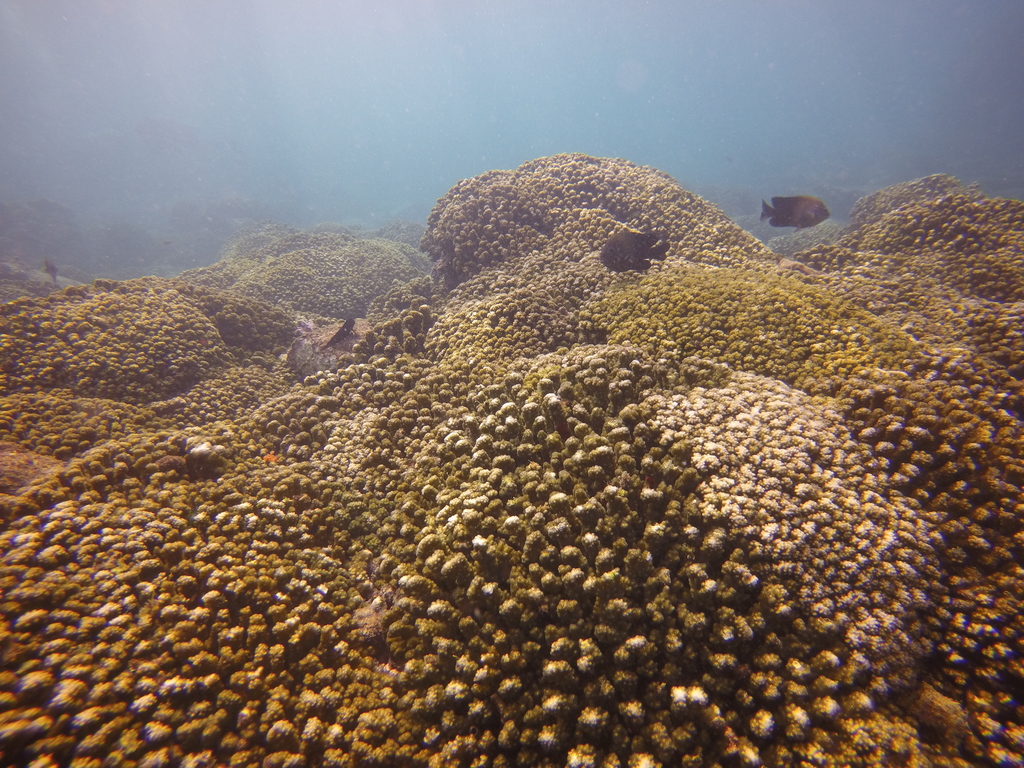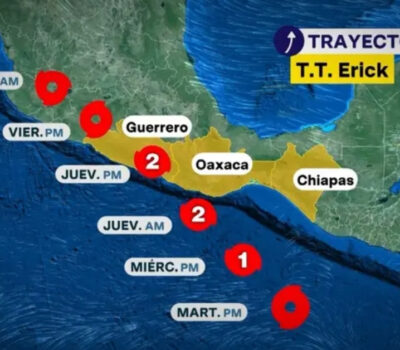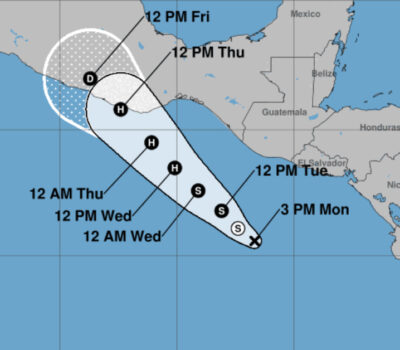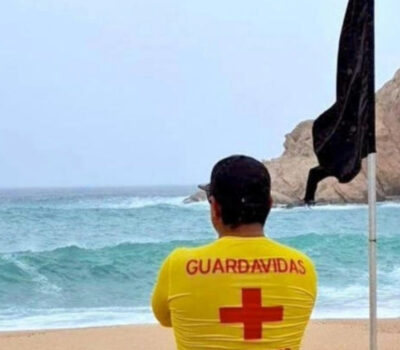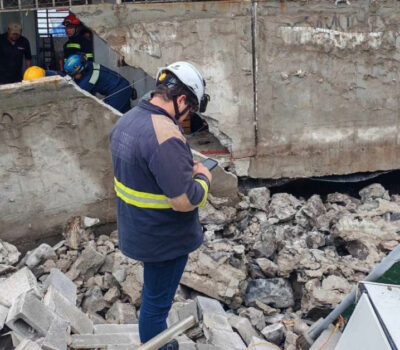Coral reefs are structures that combine beauty, functionality and balance; but besides being a meeting point for thousands of marine organisms, their behavior and state of health are a source of study for their conservation in the coasts of Jalisco.
In Puerto Vallarta, from the Coastal Research Center of the University Center of the Coast (CUCosta) of the University of Guadalajara (UdeG), scientists investigate the ecology of coral reefs in the area. The study focuses on the environmental and climate monitoring of these marine structures, as well as their conservation.
Dr. Amilcar Cupul Magaña, from the Center for Coastal Research, explains that from this institution three areas of research on the ecology of the reefs are addressed. The first of them focuses on marine environmental monitoring in the Islas Marietas and Isabel Island national parks, located off the coasts of Jalisco and Nayarit.
In the second work axis, they monitor and evaluate the effect of climate change on the coral communities of the Central Pacific of Mexico; while in the last line they work with the restoration of coral reefs of the Islas Marietas National Park.
The marine environmental monitoring program is an initiative that emerged almost 20 years ago, says Dr. Cupul Magaña. The objective is to observe the reefs of national parks and obtain information that serves as a basis to evaluate and propose conservation and treatment actions in the area.
The monitoring carried out in the Islas Marietas National Park highlighted the deterioration of coral reefs due to tourism activities, so these observations were useful for the environmental authorities in 2016 to consider restricting access to areas such as the famous Playa del Amor, and implement coral restoration measures.
The researcher highlights that coral restoration strategies have been positive, since the works started with 13 percent of total coral coverage in the area, but with the implementation of restoration and awareness measures for tourism service providers, the figure has increased between four and five percent.
“We try to recover the fundamental basis, which is the coral structure, and, in turn, that will increase biodiversity with the arrival of fish, crustaceans, sponges, which will take advantage of the new structure to colonize it and thus increase diversity.”
The information from this first project also served as the basis for the second of the research lines, which is focused on the variations caused by climate change and the consequences on the organisms that are related to them.
The second project evaluates the effect of positive and negative thermal anomalies due to events such as El Niño or La Niña and global climate change on coral communities and associated species, such as reef fish or invertebrates such as echinoderms on the coasts of the Central Pacific of Mexico “.
The most recent work axis is the restoration of reefs, where they focus on strengthening the recovery actions of the coral reefs of the Islas Marietas National Park; the researcher recalls that this strategy has already been applied in previous years, as when the El Niño phenomenon affected coral cover in the area.
That episode served as an experience to observe the damage and restoration procedures of the coral, adds the researcher. “We were very interested in understanding how the reef system responded to variations in water temperature, both positive and negative.”
The studies carried out were also useful for the Marietas Islands in 2005 to obtain the National Park decree, says Cupul Magaña, and points out that this area is constantly under observation to know changes that may exist in its pH or how other factors may affect the coral communities.
“This whole region is a natural laboratory that motivates us to work more. Now we are going a little deeper into the molecular part to understand how they are being affected at those levels by climate change.”
Coral reefs are structures that combine beauty, functionality and balance; but besides being a meeting point for thousands of marine organisms, their behavior and state . . .

